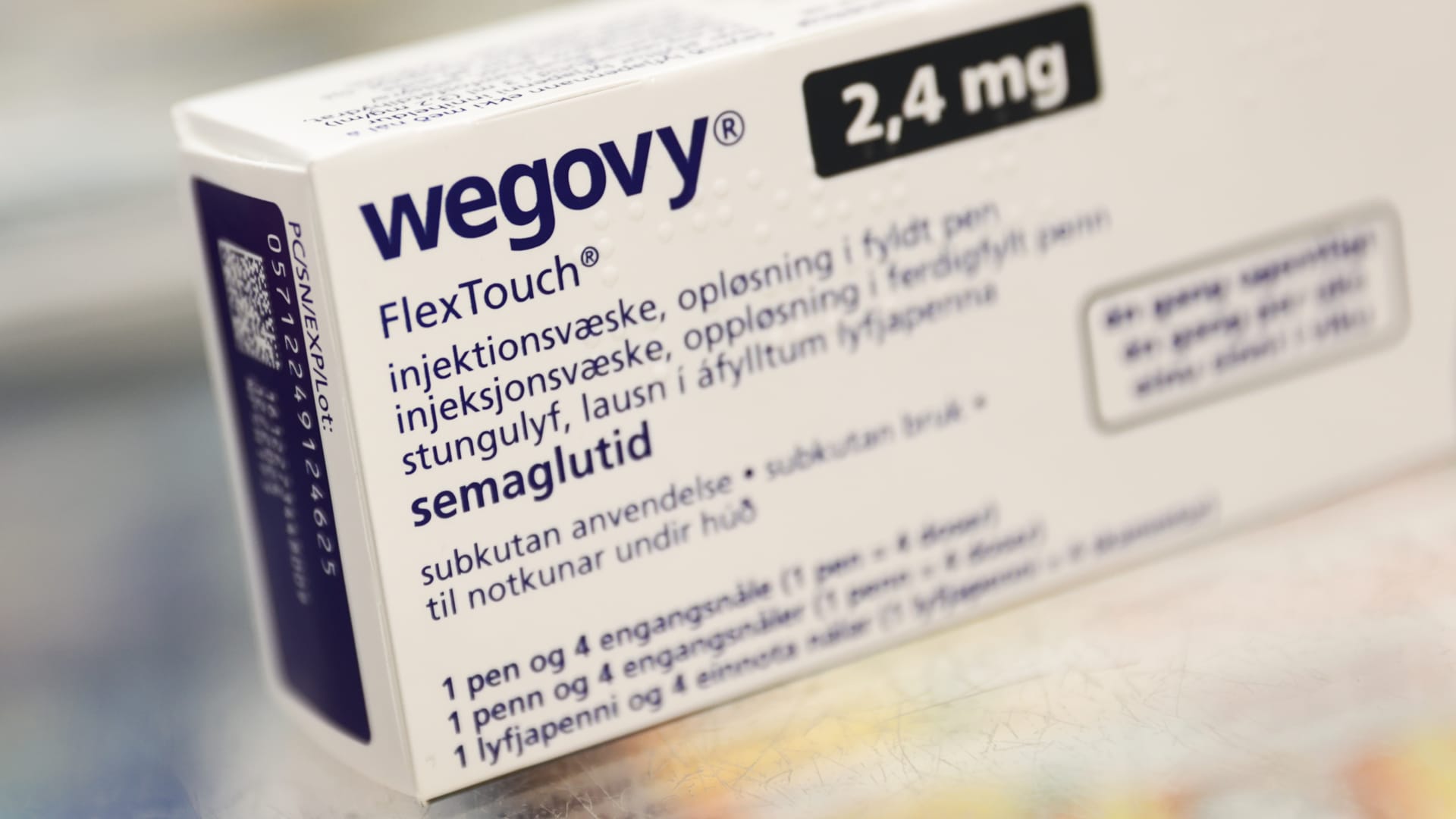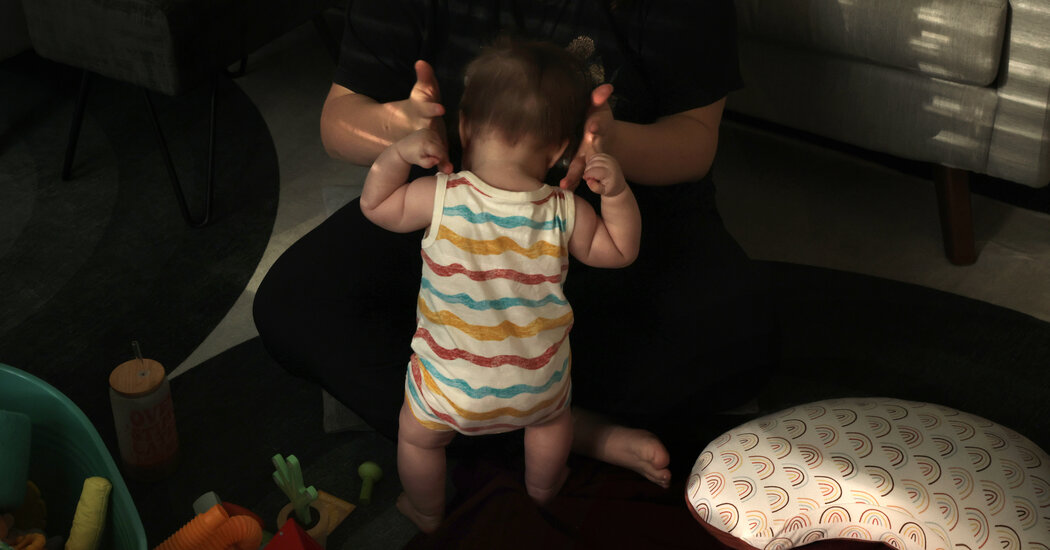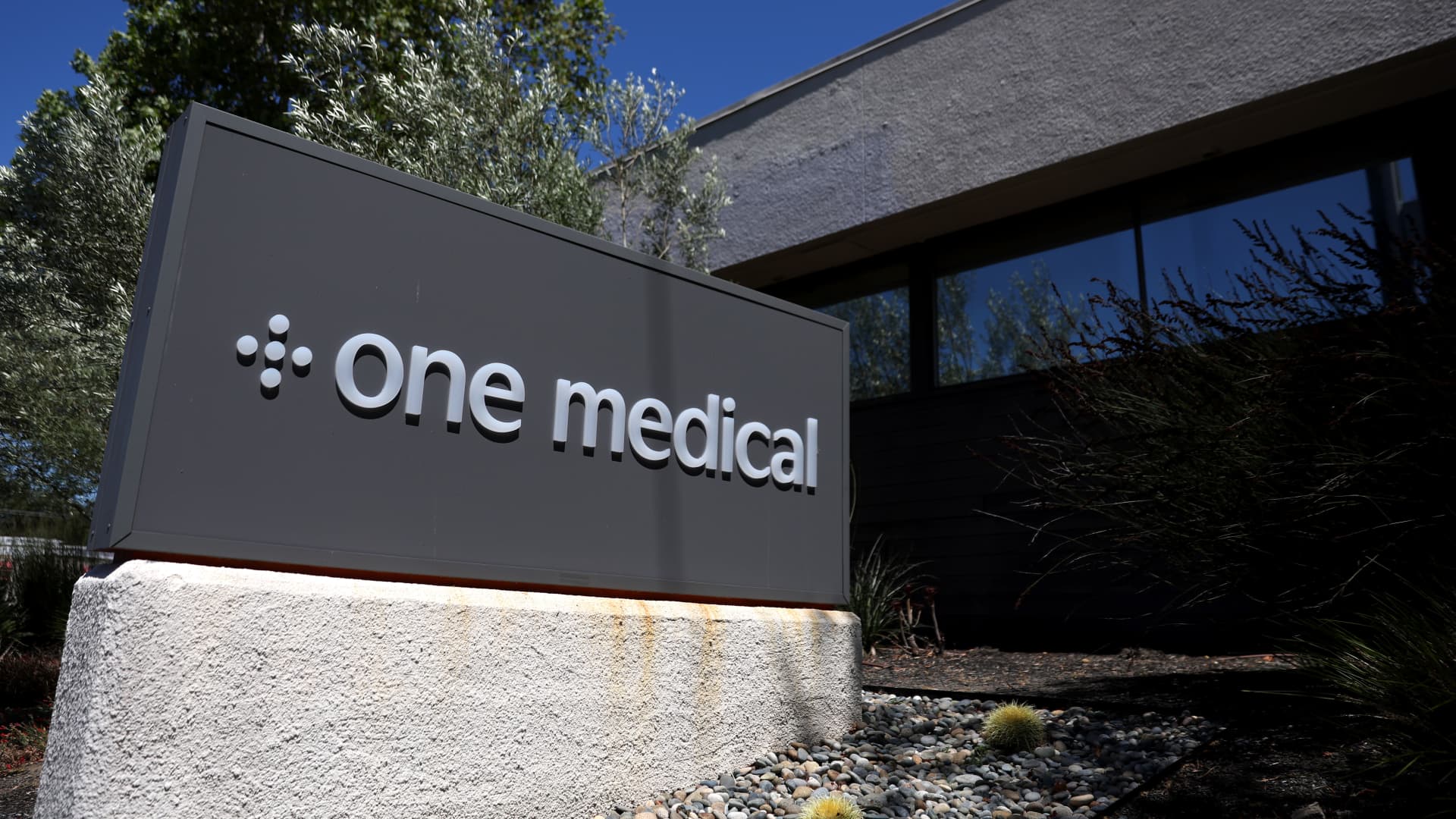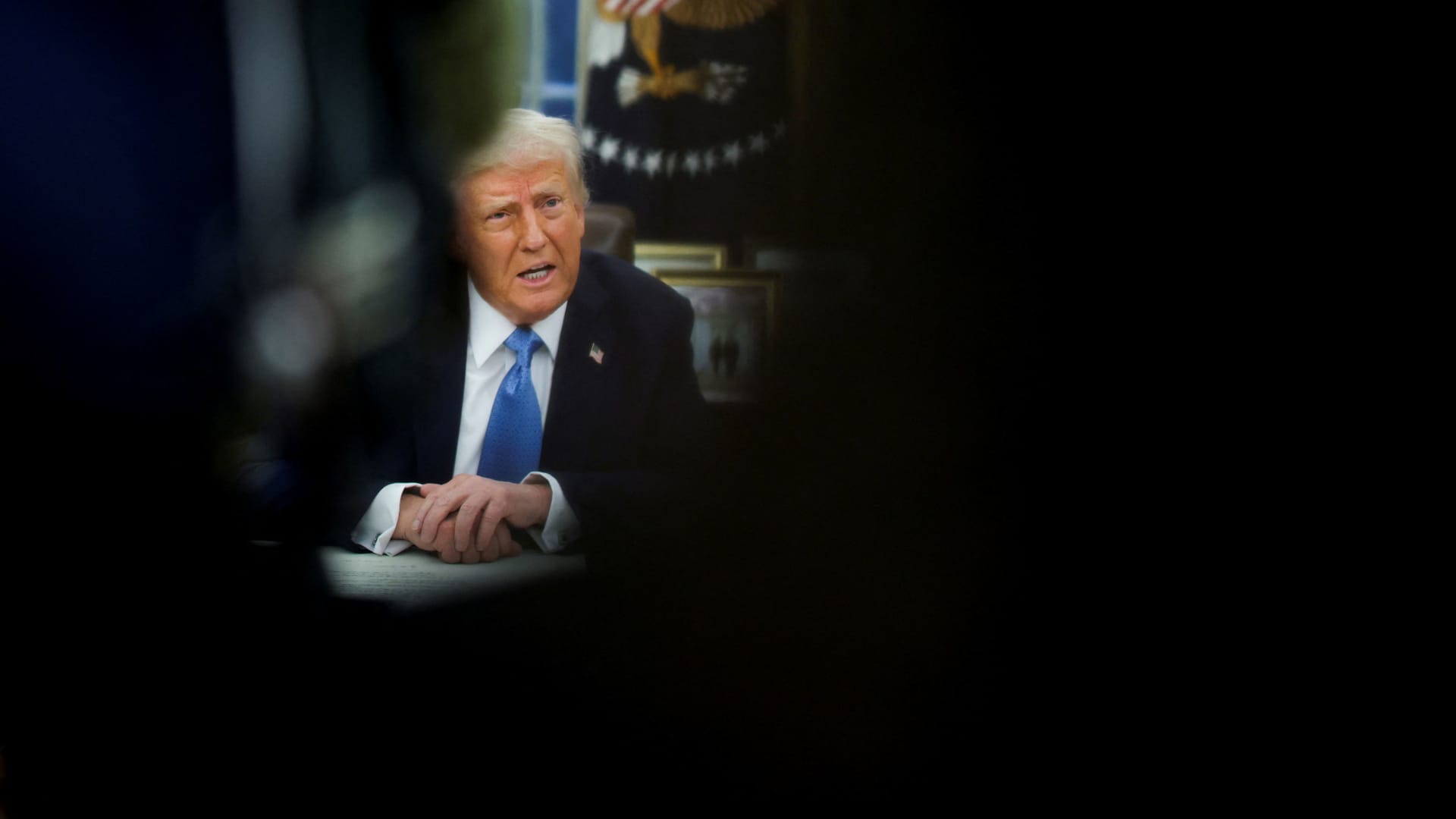Carley Calvi arrived on the second floor of a public library in suburban Milwaukee one morning this month without health insurance to cover the vertigo medication she needed. Worse, she said, was not having a doctor to trust.
“I want someone to value me for the person I am,” said Calvi, a 35-year-old carpenter.
With about 110 options and the help of a health insurance navigator, she selected a plan with a deeply discounted $221 monthly premium, putting her among the 21.3 million people who have signed up for coverage on the marketplaces. the Affordable Care Act by 2024. The total, announced by the Biden administration on Wednesday, set a record for the third year in a row and represented nearly double the number of enrollments than in 2020.
Driving the increase in enrollment has been the continuation of more generous federal subsidies dating back to the coronavirus pandemic.
President Biden and Democrats in Congress extended the subsidies for two years as part of a pandemic relief package in 2021, then enacted a three-year extension that will run through 2025, meaning Americans will be able to take advantage reinforced subsidies. assistance for one more annual open enrollment period.
But what happens next will depend on the outcome of the November election and the resulting political environment.
Now in its second decade, the Affordable Care Act no longer faces an existential political threat. While former President Donald J. Trump, the front-runner for the Republican presidential nomination, has recently renewed his attacks against her, the push to repeal the law known as Obamacare has faded as a animating force among Republican candidates and voters. The law has also become deeply embedded in the United States health care system.
“If we were having this discussion in 1977 about Social Security or Medicare, I think most people would say, 'Sure, improve it, but don't repeal it,'” Xavier Becerra, secretary of health and human services, said in an interview. “And if one of the things that has made things better for more Americans is making it more affordable through these subsidies, I doubt you'll find many Americans who will say, 'Go ahead and eliminate the subsidies.'”
But the Affordable Care Act remains intertwined with the country's political currents, in part because of the temporary nature of the enhanced subsidies. A Republican president or a Republican-controlled Congress could allow the expanded subsidies to expire, causing premiums to rise and potentially deterring Americans from signing up for coverage. Such a move would also risk provoking a backlash from voters unhappy over higher costs.
“I've had a low-level alarm going off in my brain,” said Sabrina Corlette, a research professor at Georgetown University's Center for Health Insurance Reforms, referring to the possible expiration of the increased subsidies. She added that “much of the sustainability of the markets and enrollment growth will depend on the outcome of the 2024 election.”
Subsidies are calculated on a sliding scale based on income. In addition to making assistance more generous, the 2021 pandemic relief package made people with incomes more than four times the federal poverty level, or $120,000 for a family of four for this year's enrollees, eligible for receive subsidies for the first time.
Behind the overall enrollment increase is what public health experts say is a notable trend with possible political ramifications: Large numbers of people are signing up for Obamacare plans in Republican-led states, particularly those that have not expanded Medicaid under the Affordable Care Act.
According to federal data released Wednesday about the 2024 open enrollment period, which ended last week in most states, 4.2 million people signed up for plans in Florida, 3.5 million in Texas and 1.3 million in Georgia, all states that have not adopted the expansion. Overall, more than half of those who signed up were in one of the 10 states that have not expanded Medicaid.
The subsidies have been a way to “get coverage for people in non-expansion states who otherwise wouldn't have done so,” said Chris Meekins, a health policy analyst at financial services firm Raymond James and author of a report released Tuesday outlining the popularity of markets in red states.
More than 18 percent of Florida's population had enrolled in an Obamacare plan, Meekins estimated in the report.
The marketplaces have also been important supports for Americans who lost Medicaid for the first time since the start of the pandemic, after a federal policy guaranteeing coverage expired in April and forced millions of people to seek new plans. Federal health officials said Wednesday that at the end of last year, 2.4 million registrations on HealthCare.gov, the federal marketplace, were from people who had previously been enrolled in Medicaid or the Children's Health Insurance Program.
It is estimated that more than a million poor Americans in states that have not expanded Medicaid still find themselves in the so-called coverage gap, stuck with incomes too low for subsidized coverage through the marketplaces but too high to qualify for Medicaid. But many low-income Americans are benefiting from increased subsidies. Those with incomes up to 150 percent of the federal poverty level, or $45,000 for a family of four, are eligible for free Obamacare plans with low deductibles.
Deanna Williams, a health insurance counselor who primarily helps rural residents in central Georgia, said many of those she enrolled in Marketplace plans would struggle to afford even a fast meal.
“These are people who can't afford their medications,” he said.
The three-year extension of the most generous subsidies through 2025 came with an estimated price tag of $64 billion, according to the Congressional Budget Office. Conservative critics of increased subsidies have argued that the cost to the federal government remains too high for the quality of plans on the exchanges, and that deductibles and copays may still be too expensive for middle-class Americans.
“When you talk to middle-class people and self-employed people, it's not so much that they want a subsidy,” said Edmund F. Haislmaier, a health policy expert at the conservative Heritage Foundation. “They want lower deductibles and choice of provider.”
As Congress considers whether to extend the expanded subsidies, lawmakers will also have to deal with the looming expiration of tax cuts that Republicans passed during the Trump administration. Many provisions of that law expire at the end of 2025, and Haislmaier said that timing could lead to haggling between the parties.
“There could be a possibility of a compromise,” he said.
The Trump campaign did not respond when asked if it would support extending the subsidy increase beyond 2025. In a social media post in November, it wrote that it was “seriously looking at alternatives” to the Affordable Care Act. Biden's campaign quickly seized on the comments to portray Trump as a threat to Americans' health care.
Beyond the fate of the expanded subsidies, Trump could take other steps to weaken Obamacare if he returns to the White House. The Biden administration has been eager to provide grants to navigator groups that help people enroll in marketplace plans, and has also spent significantly on advertising to promote HealthCare.gov. The Trump administration cut subsidies for boating groups and cut advertising spending.
Rep. Frank Pallone Jr. of New Jersey, the top Democrat on the Energy and Commerce Committee, said he could envision a Trump-influenced campaign among congressional Republicans to let the enhanced subsidies expire as part of a broader effort to undermine the Affordable Care Act.
But people's experience in markets in recent years, he said, makes it much harder to undermine the law.
“When you actually get people into an affordable health insurance program and tell them they're going to take it away, I think that's a much harder message to sell to the public,” he said.
Federal officials have acknowledged that it can still be difficult to choose Obamacare plans. Ms. Calvi selected one with a relatively low premium but a high deductible, a trade-off she said reflected how infrequently she planned to see a doctor this year.
But the time it took her and a health care advisor to examine their options — more than an hour — reflected the complexity of the markets. The navigator who helped her, Nicholas Duke, said her consultations typically lasted about an hour, a sign of the importance of expert help for those selecting plans.
“It's just stressful to choose,” Ms. Calvi said.












